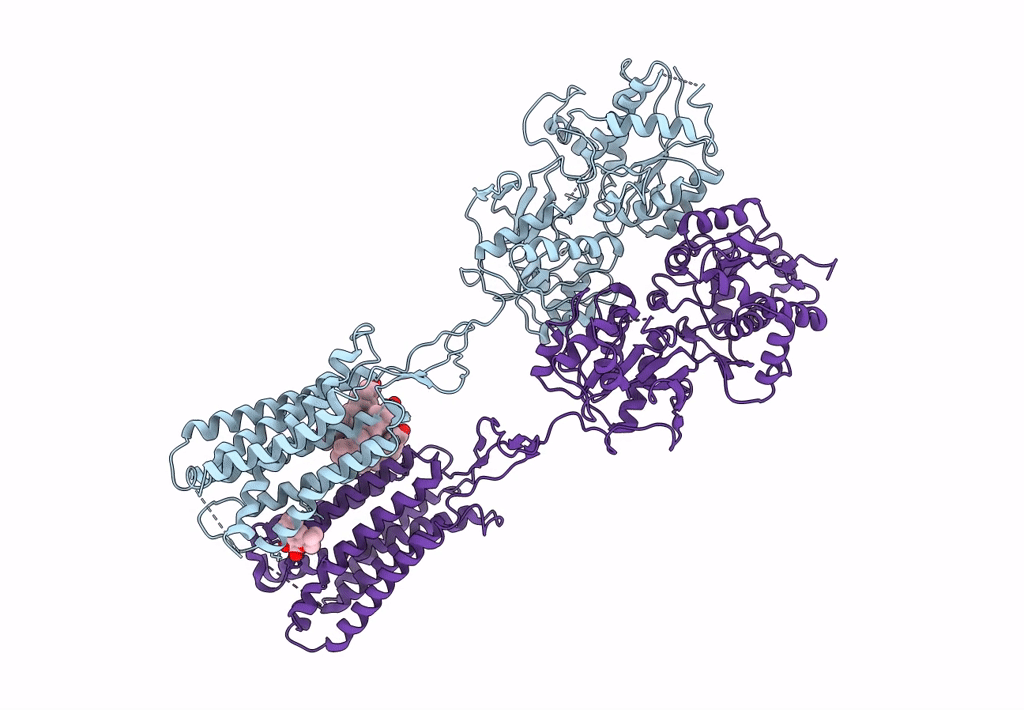
Deposition Date
2020-06-08
Release Date
2020-11-11
Last Version Date
2025-06-25
Entry Detail
PDB ID:
7CA3
Keywords:
Title:
Cryo-EM structure of human GABA(B) receptor bound to the positive allosteric modulator rac-BHFF
Biological Source:
Source Organism:
Homo sapiens (Taxon ID: 9606)
Host Organism:
Method Details:
Experimental Method:
Resolution:
4.50 Å
Aggregation State:
PARTICLE
Reconstruction Method:
SINGLE PARTICLE


